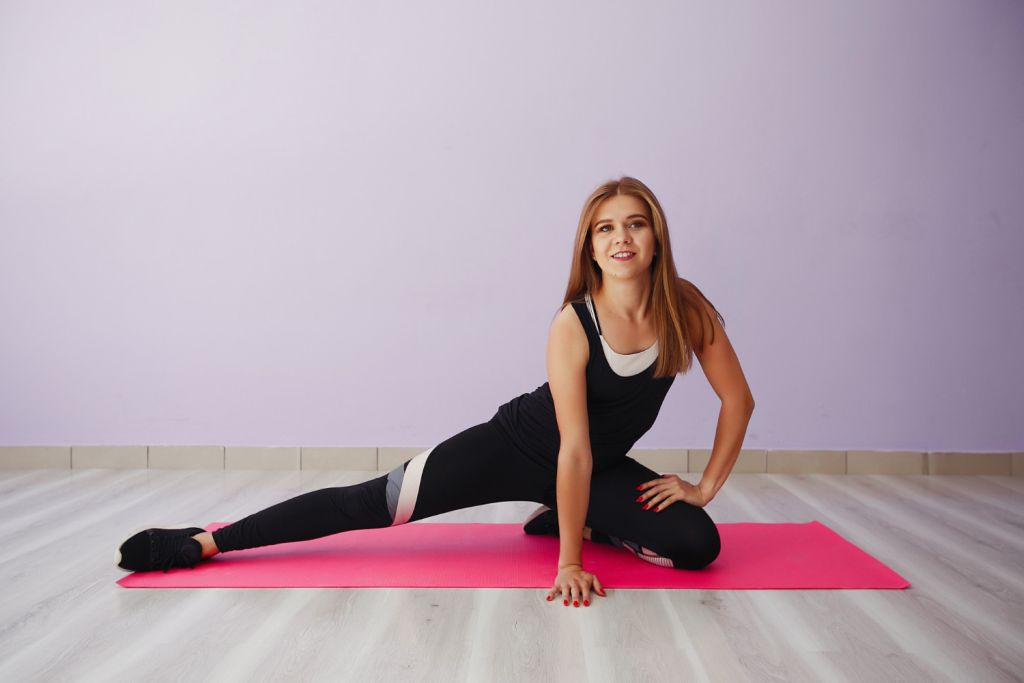Top Exercises for Women to Support Hormonal Health and Well-being
Hormonal health plays a crucial role in women’s overall well-being. Subtle yet powerful, hormones influence everything from mood and energy levels to weight management and menstrual cycles. Amidst the daily hustle, prioritizing hormonal balance can sometimes feel like an elusive goal. However, incorporating regular exercise into your routine is a tangible and effective way to support your body’s hormonal harmony.
Understanding Hormonal Health
Key Hormones Influencing Women’s Health
Hormones are chemical messengers that help regulate various bodily functions. In women, key hormones such as estrogen, progesterone, and cortisol have significant impacts on health. Estrogen, often dubbed the “female hormone,” is essential for reproductive health and bone density. Progesterone helps prepare the body for potential pregnancy and supports mood regulation. On the other hand, cortisol, commonly known as the stress hormone, influences how the body handles stress and manages metabolism.
The Impact of Hormonal Imbalances
When these hormones become unbalanced, it can lead to a range of health issues. Many women experience anxiety, irregular periods, and even weight gain due to hormonal imbalances. These disruptions can affect mental clarity, emotional stability, and physical health. Understanding these hormonal dynamics is crucial, as it empowers women to take proactive steps in managing their well-being through lifestyle adjustments, such as exercise.
Top Exercises for Hormonal Health
Aerobic Exercises and Estrogen Levels
Aerobic exercises, often referred to as cardio, include activities like walking, cycling, and swimming. These exercises are fantastic for boosting cardiovascular health and improving mood. Regular aerobic activities have been shown to positively influence estrogen levels, which can be particularly beneficial during menopause when estrogen levels naturally decline. Incorporating aerobic exercises into your routine can help maintain a healthy balance, supporting overall vitality and reproductive health.
Strength Training for Bone Health and Muscle Mass
Strength training is not just about building muscle; it’s a vital component of hormonal health. This type of exercise supports the production of growth hormones and testosterone, which are crucial for maintaining muscle mass and bone density. Weight-bearing exercises, such as lifting weights or yoga, encourage the development of lean muscle, which in turn helps regulate insulin sensitivity and supports a balanced hormonal environment.

Yoga and Meditation for Stress Management
Yoga and meditation have long been celebrated for their stress-relieving benefits. These practices work wonders in reducing cortisol levels, the primary hormone linked to stress. By engaging in regular yoga sessions, women can experience improved flexibility, mental clarity, and emotional stability. Meditation complements yoga by promoting mindfulness and relaxation, allowing women to manage stress more effectively and achieve a calmer state of mind.
High-Intensity Interval Training (HIIT) for Metabolic Health
High-Intensity Interval Training, or HIIT, is a dynamic workout that combines short bursts of intense activity with brief recovery periods. This form of exercise is known for enhancing metabolic health and aiding in weight management. By engaging in HIIT, women can improve their insulin sensitivity, promote fat loss, and support a balanced hormonal environment. The best part? HIIT sessions are typically shorter than traditional workouts, making them an efficient choice for busy schedules.
Creating a Balanced Exercise Routine
The Importance of Variety and Consistency
To fully reap the benefits of exercise for hormonal health, it’s important to create a balanced routine. Variety is key—incorporating different types of exercises ensures that various muscle groups are engaged and that both aerobic and strength-building components are included. Consistency is equally important. Regular physical activity helps maintain hormonal balance over time, supporting overall well-being.
Tips for Building Your Routine
Start by setting achievable goals. Begin with a mix of aerobic exercises, strength training, and relaxation techniques like yoga. Aim for at least 150 minutes of moderate aerobic activity per week, combined with two to three sessions of strength training. Don’t forget to listen to your body—rest and recovery are essential parts of any routine.
Conclusion
Regular exercise is a powerful tool for supporting hormonal health and enhancing overall well-being. By understanding the role of key hormones and incorporating a variety of exercises into your routine, you can create a foundation of balance and vitality. Whether you’re new to fitness or an experienced enthusiast, consulting with healthcare professionals can provide personalized guidance tailored to your unique needs.
Engage with your well-being by taking that first step towards a healthier lifestyle. Share your experiences with exercise and its impact on your hormonal health, or seek further information to deepen your understanding. Your journey towards hormonal harmony begins today!







